The content of the article
Leek is an unusual vegetable that can improve even the most weakened health. Unlike other vegetable crops, leek during storage not only does not lose its vitamins, but also significantly increases them. The longer the leek is stored, the more useful it becomes. This vegetable has anti-inflammatory, antitumor and diuretic properties. Regular consumption of it improves the work of the gallbladder and intestines. Leek is one of the best folk remedies for strong immunity in the flu and colds season.
Leek is unpretentious in cultivation, without labor and special efforts gives a good harvest. However, not all summer residents know how to save leek in order to eat fresh herbs throughout the winter.
How to prepare onions for storage
Before storing onions, you need to prepare it. Harvesting usually takes place in the month of October. Despite the fact that the leek is not afraid of small frosts, try to collect the onions before the onset of the first frost. In order not to damage the lower part of the vegetable, the leek should be dug up, not pulled out. Lightly pry a piece of cultivated land with a shovel and take out the onion along with the root. Gently shake off the ground, especially carefully so that the soil does not fall between the green leaves. The roots should be trimmed before storage. Be careful not to damage the bottom of the onion - it will not last long. The root should be cut so that one third of it remains. In this form, the vegetable will be stored much longer.
There are many questions and debates about whether to cut green leaves. If you want to increase the shelf life of the vegetable, you should not cut the leaves in any case. It is enough to remove the dry parts.
How to keep leek fresh
If you want to enjoy the fresh green leek in winter, there are many ways to keep it in its original form.
- In the box. The most popular way to store leeks is to store them in a sandbox. So that there are no pests in the box that can be eaten leek, sand must first be calcined. This can be done simply in the oven. Pour sand onto a baking sheet and hold it in a hot oven at a temperature of 200 degrees for at least half an hour. When the sand has cooled, add a little clean water to it. Sand for laying onions should be a little damp. Wet, but not wet, otherwise the roots of the onion will rot. Pour some sand (about 7-8 cm) into the bottom of the drawer, then lay the leek in an inclined manner. Sprinkle the onion on top so that all of its white portion is under the sand. The box is closed with a lid and sent to a humid and cool room. If there is no suitable box at hand, it is very convenient to use a simple bucket. The optimal storage temperature is about 0 degrees, humidity - 80-85%. Such conditions may be in the basement, cellar, on the balcony. If you keep leek on the balcony, wrap the box in an old cotton blanket to protect the vegetable from frost.
- In the garden. If you live in a country house, you have a personal plot or a small garden, you can save leek in the garden. To do this, dig a small but fairly deep hole. The bow should fit almost completely (vertically) into this hole. Lower the leek into the prepared hole and sprinkle it with earth. When the first cold comes, sprinkle leek with dry leaves. To protect the vegetable from rodents, lay a coniferous tree branch on top. This smell will mask and scare away uninvited guests. If necessary, you can dig out several heads of onions, rinse it and consume. However, making such preparations, do not forget to mark the place where you made the reserves.This will facilitate the search process in winter.
- In the greenhouse. In principle, a greenhouse can be installed over a growing leek; you don’t even have to dig it out. However, such a leek can continue to grow, become tough and tasteless. To stop the growth of the vegetable, but keep it for months, you need to dig it, cut the roots to one third of their length. Then plant the onion again - lowering it into the ground by half. Over the leek, collect a hotbed, the temperature inside which should not fall below 0 degrees.
- In the trench. On the site, you need to dig a trench 5-7 cm wide. The trench is usually made on an elevated site to protect against high humidity. Onions need to be laid in the furrows, sprinkled with a small amount of earth and cover with boards. It must be ensured that there are small ventilation holes between the boards. In rainy and frosty weather you need to cover the trench with a film.
These simple but proven methods will help you keep a storehouse of vitamins throughout the winter. Onions harvested by the above methods can be stored for up to 7 months.
How to keep leek at home
However, it is not always possible to dig a trench or make a greenhouse. Especially if you live in an apartment building and the maximum you can count on is a balcony. Do not despair! You can save the benefits of leek at home.
- In a refrigerator. Take the finest and most solid onion heads. Rinse them well and dry them thoroughly. This is very important, otherwise excess moisture may cause the product to rot. Onions need to be cut and put in a plastic bag. Fill the sealed bag with air and tighten the hole. Thus, onions can be stored for about a month. In addition, it is very convenient to use - opened and added the right amount to food.
- In the freezer. Frozen products, although they do not preserve the initial consistency of the product, but completely save its useful properties. Before freezing, leek should be washed and dried, cut into necessary pieces and frozen. Pre-arrange the onions in portions to make it convenient to defrost.
- Drying. Leek can be dried. To do this, the prepared vegetable is cut and left on the kitchen table for several days. Cover the leek with gauze so that flies and other insects do not like the product. If you want to speed up the drying process, send the onion slices to the oven. 15 minutes at 100 degrees will be enough. Store dried onion rings in a sealed container in a dry and cool place. It is most convenient to use glass jars for storage.
- Salting. Some housewives make onion pickles, which may well qualify for an independent snack. The green leaves of leeks should be washed and transferred to a deep enameled bowl. The leaves are filled with brine (three tablespoons of salt per liter of warm water), peppercorns, bay leaves and other spices to taste are added. Salted onions should be put under oppression for a week. After that, the onion is transferred to glass jars and put away in the refrigerator. Pickled onions can be served as a standalone snack or used as an ingredient for salads.
These methods will help you cook and preserve the onions within the apartment.
Leek is an undeservedly forgotten vegetable that has been used less and less recently. But our ancestors knew that regular consumption of leeks provides good immunity and good health. That is why in the villages under the leek the best garden was assigned. Let's not neglect the experience of our ancestors. Eat leek more often, grow it, and most importantly, learn to store it in order to delight your body with vitamins all year round!
Video: How to Grow and Preserve Leeks

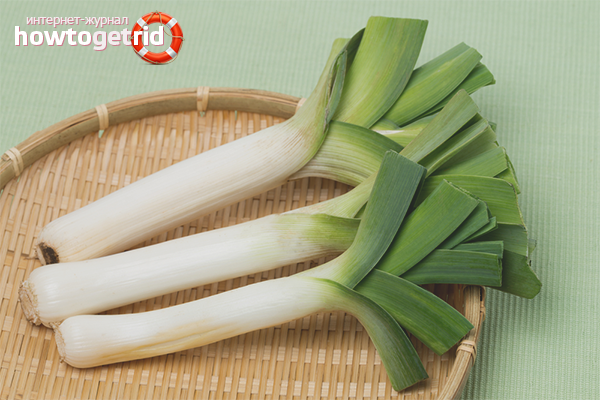


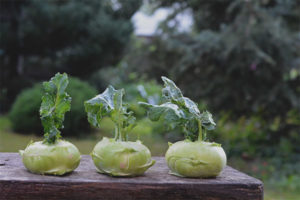
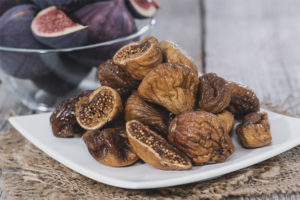


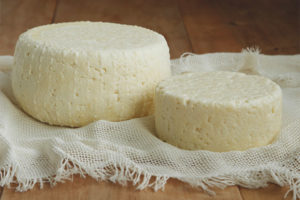
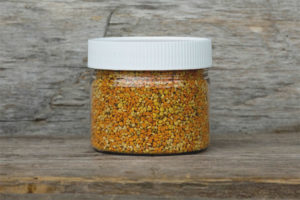
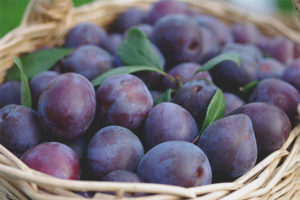
Submit